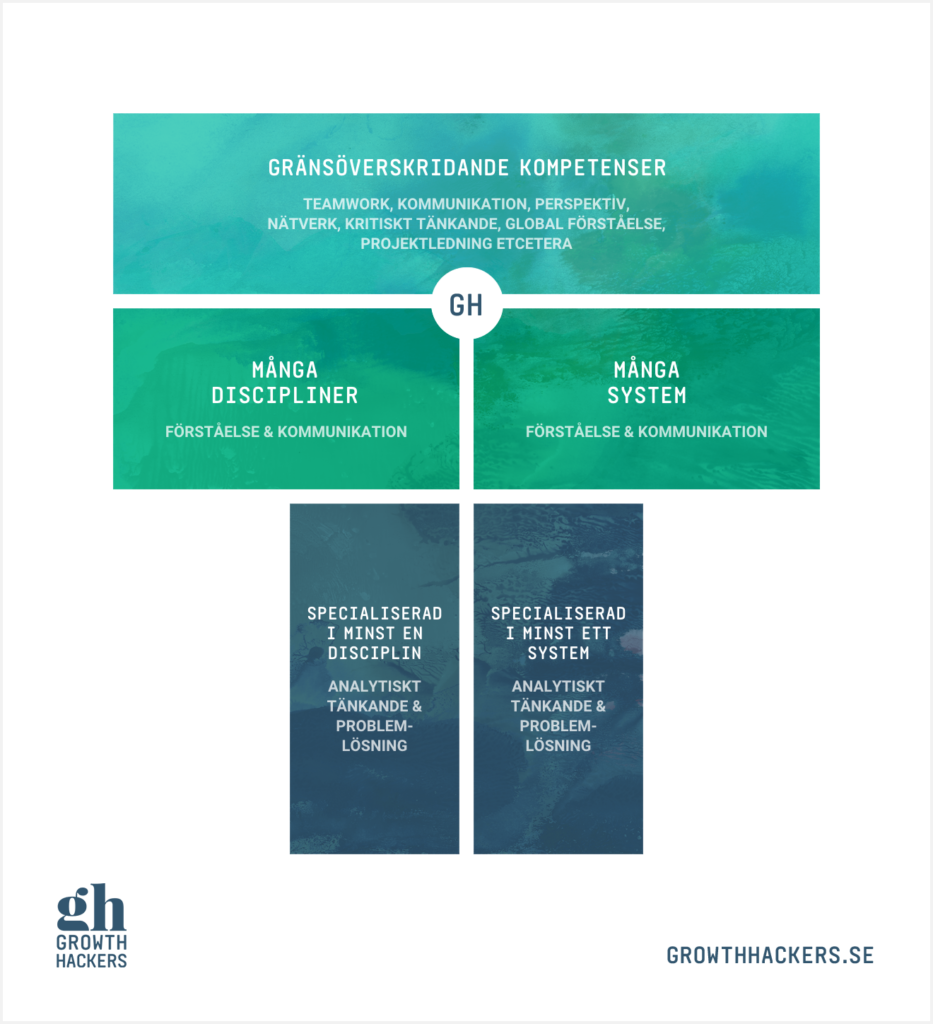Obesity is a global epidemic. Only 1 in 3 Americans is obese. Laparoscopic surgery is the most common form of weight loss or bariatric surgery today. It is one of the safest types of surgery.
There are risks associated with any type of surgery. However, bariatric surgery has many benefits that outweigh the risks. We will be discussing the different types of weight-loss surgery as well as the most safe types of bariatric weight reduction.

OBESITY VS. SURGERY: RISKS
Bariatric Surgery was once considered to be dangerous for mainly cosmetic reasons. However, this decades-old belief was completely wrong.
Obesity can increase the risk of many diseases. It also affects the quality of life. It can also be linked to mental and emotional disorders like anxiety and clinical depression.
Bariatric surgery has very low risks of serious complications. This is in contrast to the possibility of dying from complications (comorbidities).
Patients who have undergone bariatric surgery to lose weight are:
- 40% less likely to die of heart disease
- Type 2 Diabetes is 92% less likely than type 1;
- Cancer deaths are 60% less likely.
OBESITY-RELATED DISEASES
Obesity can be linked to several diseases that require ongoing medical treatment or intervention. If left untreated, it can cause untimely death. These are some of the health issues that can be linked to weight:
- Type 2 Diabetes
- Coronary disease
- Hypertension or high blood pressure
- High cholesterol and other cholesterol problems
- Stroke;
- Gallbladder disease
- Osteoarthritis is a degeneration of bone and cartilage within a joint.
- Breathing problems and sleep apnea
- There are many types of cancer.
WHY ARE YOU COMMITTED TO BARIATRIC SURGICAL CARE?
Obesity can be more than a problem with weight or a sign of a lack willpower. It is also a metabolic disease that can cause complications. Many times, patients’ metabolisms are working against them even though they do their best to adhere to their exercise and diet plan.
These patients can have bariatric surgery to counteract the metabolic changes that their bodies try to force. It is one of most efficient and safest ways to help them with their weight loss challenges.
The American Society of Metabolic and Bariatric Surgery states that patients whose body mass (BMI) is greater than 35 have less than 1% chance of maintaining a healthy weight on their own, without any medical intervention.
Join our free online seminar to learn more about bariatric weight reduction and the best weight-loss surgery for you.
WEIGHT LOSS OPTIONS
There are many types of weight loss surgery available, and most of them are performed laparoscopically. All of them offer significant weight loss, regardless of the technique. What is the best weight-loss surgery? Let’s look at all the options.
LAPAROSCOPIC, GASTRIC SLEEVE, OR VSG/LSG
- The surgeon removes 75% to 80% permanently from the patient’s stomach and reshapes it into a pouch-like shape that is then stapled at the edge.
- This reduces stomach size and helps with portion control. It also greatly decreases the production of the hormone Ghrelin, which stimulates hunger.
- Sleeve-gastrectomy surgery aids in weight loss through restrictive methods but does not alter the digestive system or affect the absorption nutrients.
- This procedure cannot be reversed and is often used to start other forms of bariatric surgeries.
GASTRIC SLEEVE IS SAFE?
Laparoscopic gastric Sleeve Surgery has been in existence for over two decades. Many studies have been conducted and historical data has been collected to verify its safety and effectiveness.
In Spain, a study followed patients for five year after undergoing a laparoscopic Sleeve Gastrectomy procedure. Side effects were experienced by eight patients. Some patients also experienced acid reflux and gallstones. The few side effects were minor enough to allow 75% and 72% of patients to experience remissions from type 2 diabetes, respectively.
There are risks associated with any surgical procedure. Gastric Sleeve Surgery is considered one of the most safest and least risky bariatric procedures. It is safer than most other types of surgery.
GASTRIC BYPASS / ROUX-ENY SURGERY
- Similar to sleeve-gastrectomy, approximately 70% of the patient’s stomach is removed. The pouch is then shaped into a small pouch and stapled along the edge.
- The small intestine then needs to be cut and rerouted so that it attaches to the lower pouch. This will skip a lot of the small intestinale and connect further down. This alteration changes the way food is ingested, and reduces calories absorption.
- Gastric bypass surgery employs both restrictive and non-restrictive techniques. Gastric bypass surgery can be reversed, but it is extremely risky and not recommended. If necessary, gastric bypass surgery may be rearranged.
DUODENAL SWITCH SURGERY
- Similar to gastric bypass surgery , the duodenal switch has both restrictive and non-restrictive properties. It helps patients lose weight.
- A sleeve gastricectomy is performed to reduce the patient’s stomach. Then, similar to gastric bypass, the digestive system is altered in two locations. This creates a more hostile environment than with gastric bypass.
- Although the duodenal switch cannot be reversed, it is the best weight-loss surgery for patients who have experienced the greatest weight loss.
LAPAROSCOPIC ADJUSTABLE GASTRIC BANNER
- The restrictive method of gastric band surgery helps patients lose weight.
- A band of inflatable material is placed around the stomach’s top, which separates it into two sections.
- The main stomach is located in the smaller section. The opening between them allows the food to flow slowly from the top to the bottom.
- Because of the smaller stomach, the patient is able to feel fuller faster and cannot eat as much. The port is located under the skin and allows the gap between the sections to be adjusted by inflating/deflating the ring around the stomach.
- Although it has been considered the most safest type of bariatric surgery over many years, it isn’t widely used today by bariatric surgeons because it produces poor weight loss and is prone to long-term complications. In 2015, gastric lapband usage had fallen to 5.7% in comparison to other options.
- Gastric band surgery can be reversed.
NON-SURGICAL WEIGHT LOSS OPTIONS
Medically assisted weight loss has advanced with the advancements made in the industry.
For obese patients who don’t want surgery or are unable to endure a lengthy procedure because of their health, there are a few options that can be done. These procedures can also be beneficial for patients with lower BMIs as they allow them to take control of their weight and prevent obesity.
These procedures can sometimes be used as a stepping stone for super-obese patients to lose weight and allow them to safely move on with other forms of bariatric surgery.
GASTRIC BALLOON-ORBERA
- An Orbera stomach balloon helps patients lose weight. It uses a silicone balloon that takes up space in the stomach, making it possible for them to only eat small amounts of food.
- It takes approximately 20-30 minutes for the procedure. An endoscope is used during this time to insert an Orbera balloon deflated into the stomach. Then, saline is added to the stomach to make it a predetermined size.
- The balloon makes the patient feel full and helps them lose weight.
- It is not necessary to stay in the hospital and takes only 3 days to recover.
- Gastric balloons can be temporarily used, but are removed after six month.
- The balloon is removed and patients are provided with ongoing support. The goal is to help patients lose weight, acclimate them to healthier eating habits, exercise routines, and lifestyles so that they can maintain their weight loss efforts in the future.
What is the most cost-effective and least intrusive weight loss surgery?
Which is the most safest weight loss surgery to perform? This is a common question that most bariatric doctors are asked. Surprise! Many bariatric specialists will tell you that the answer does not involve surgery but an endoscopic procedure called Endoscopic Sleeve Gastroplasty. This relatively new procedure has taken the bariatric weight-loss industry by storm due to its high weight-loss potential and low risk of complications.
What is Endoscopic SLEEVE GASTROPLASTY?
- Endoscopic sleeve gyroplasty, also known as ESG, is a procedure performed using an endoscope. The endoscope is lowered down to the patient’s throat. This procedure is not considered surgery and doesn’t require any incisions.
- An endoscope, a thin flexible tube with a camera attached, allows for access to the procedure site using additional surgical tools.
- The special suturing device, which is used to place approximately 7-12 sutures into the stomach through the endoscope, is used to shrink it and shape it into a pouch-like pouch that looks like a banana.
- The procedure is quick and takes only 30 to 45 minutes. There is no need for hospitalization.
WHAT DOES ESG DO TO HELP PATIENTS LOSE WEIGHT?
The ESG procedure reduces the patient’s stomach by 70-75%. The remaining 25% will be used to support the stomach moving forward.
Patients with smaller stomachs will be unable to consume as much food and will take longer to digest the food. This will make it more difficult for the patient to feel full, which will prevent them from snacking between meals.
Endoscopic sleeve gastricplasty allows for the same alteration results as VSG, but without the risks and extended recovery.
After the procedure, patients follow a specific diet plan that starts with liquids and then progresses to solid food. The transition is much quicker than after surgery and usually lasts only a few weeks.
Patients can usually return to work within a week if their job isn’t labor-intensive. The bariatric surgeon will decide when the patient can resume their normal routine, but it usually takes less than three to four weeks.
STUDIES SUPPORT SIGNIFICANT WEIGHT LOSS POTENTIAL THROUGH ESG
Endoscopic sleeve gastric surgery is a safe and effective form of weight loss surgery. It is not a surgery. ESG has a low overall complication rate and can lead to significant weight loss.



